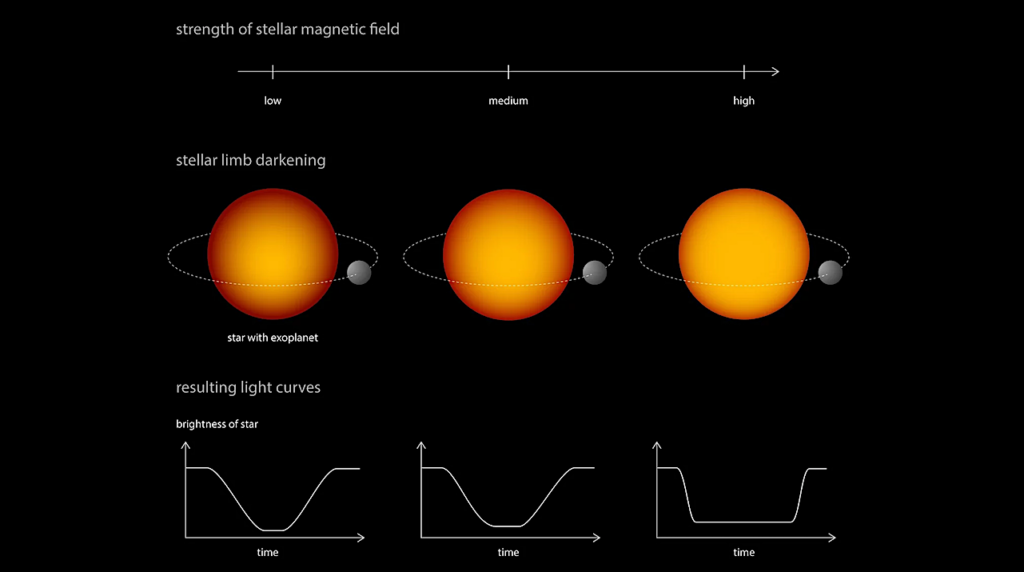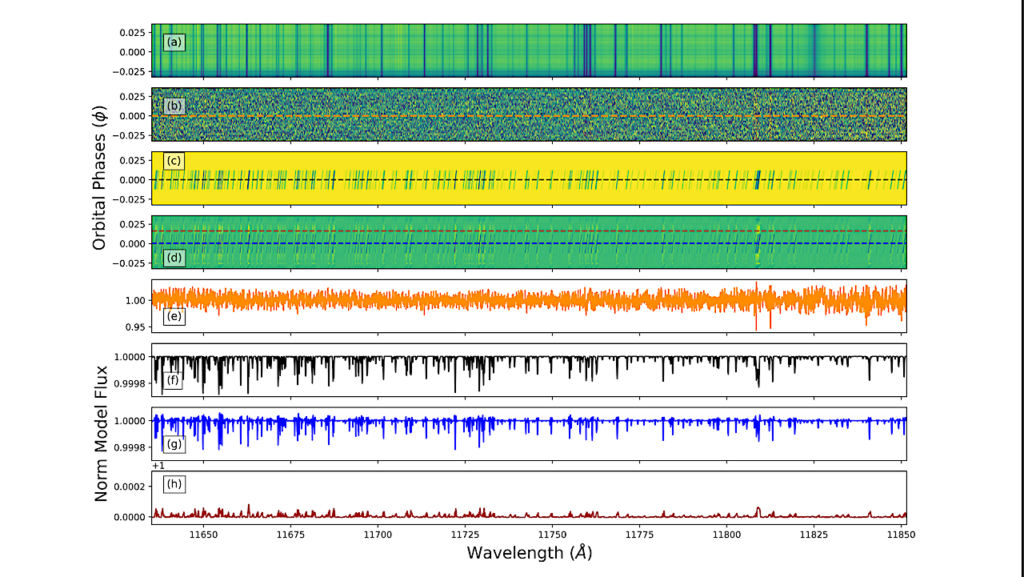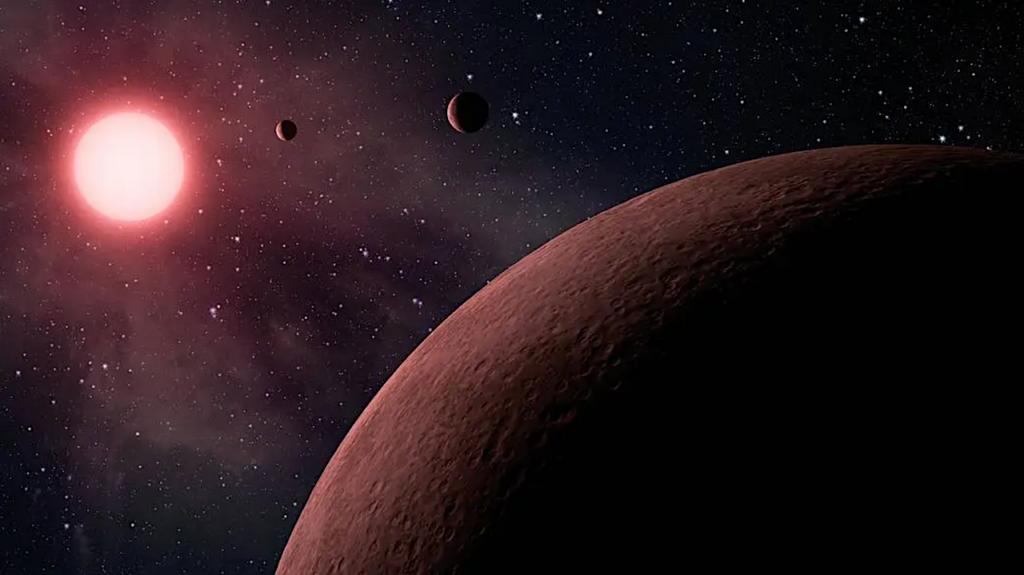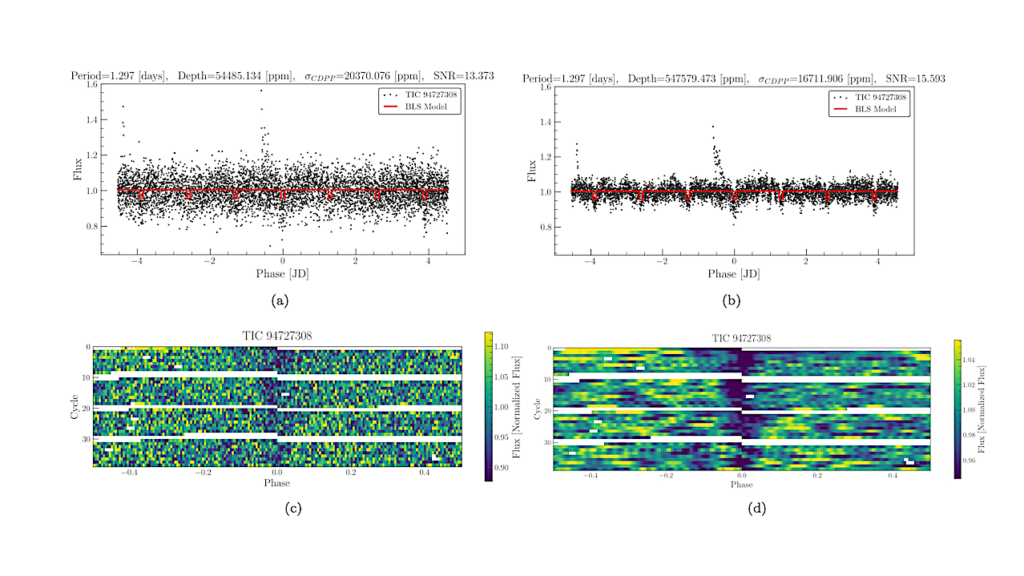Imaging The Dusty Substructures Due To Terrestrial Planets In Planet-forming Disks With ALMA And The Next Generation Very Large Array

We present simulations of the capabilities of the Atacama Large Millimeter/submillimeter Array (ALMA) and of a Next Generation Very Large Array (ngVLA) to detect and resolve substructures due to terrestrial planets and Super-Earths in nearby planet-forming disks.
We adopt the results of global 2-D hydrodynamical planet-disk simulations that account for the dynamics of gas and dust in a disk with an embedded planet. Our simulations follow the combined evolution of gas and dust for several thousand planetary orbits.
We show that long integrations (several tens of hours) with the ngVLA can detect and spatially resolve dust structures due to low-mass rocky planets in the terrestrial planet formation regions of nearby disks (stellocentric radii r=1−3 au), under the assumption that the disk viscosity in those regions is low (α≤10−5). ALMA is instead unable to resolve these structures in these disk regions.
We also show that high-resolution ngVLA observations separated by several days to few weeks would allow to detect the proper motion of the azimuthally asymmetric structures expected in the disk regions of terrestrial planet formation.
Sarah Harter, Luca Ricci, Shangjia Zhang, Zhaohuan Zhu
Comments: 19 pages, 13 figures, accepted for publication in The Astrophysical Journal
Subjects: Earth and Planetary Astrophysics (astro-ph.EP); Solar and Stellar Astrophysics (astro-ph.SR)
Cite as: arXiv:2011.08279 [astro-ph.EP] (or arXiv:2011.08279v1 [astro-ph.EP] for this version)
Submission history
From: Luca Ricci
[v1] Mon, 16 Nov 2020 21:11:34 UTC (8,752 KB)
https://arxiv.org/abs/2011.08279
Astrobiology








